Researchers discuss new approaches to reduce health disparities in underserved populations
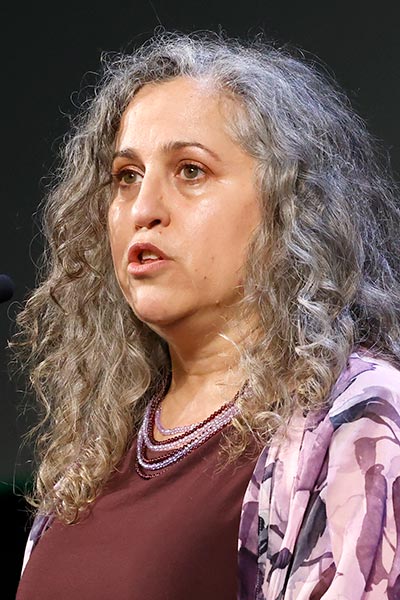
Health disparities are as real in cancer care as they are in other diseases, but they are not inevitable. Focused projects in data science, genomics, biobanking, rare cancer profiling, and engaging underserved communities are making measurable and meaningful progress around the world in reducing disparities and improving cancer detection, treatment, and outcomes.
“This is an exciting time for diversity,” said Mariana C. Stern, PhD, University of Southern California. “We are making great strides in cancer survivorship, but as we all know, progress has not been uniform across all cancer types or populations. If we continue to expand our engagement with underserved populations and to expand our knowledge, the future looks bright for reducing the cancer burden in all populations.”
Stern chaired the plenary session Decoding Cancer Health Disparities; Integration of Complex Data and Diversity to Achieve Equity on Monday, April 11. The session can be viewed on the virtual platform by registered meeting participants through July 13, 2022.
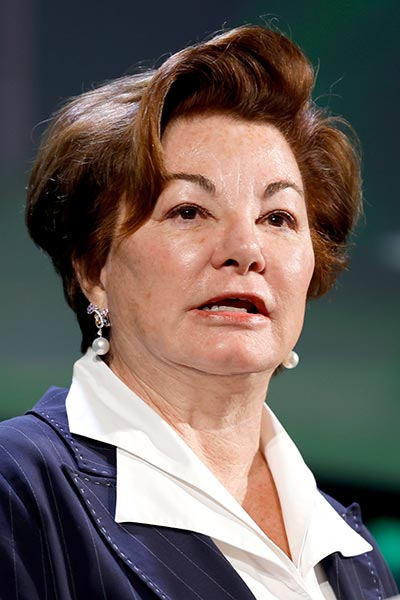
One of the most basic and least recognized barriers to reducing health disparities is data. Communities that are underserved and underrepresented in cancer are also underrepresented in cancer datasets. American Indians/Alaska Natives, who have the lowest cancer survival of any ethnic or racial group in the U.S., account for just 0.25 percent of participants in The Cancer Genome Atlas program, noted Cheryl L. Willman, MD, Mayo Clinic.
“We have to have sufficient, high-quality data to answer the questions,” said Yu Shyr, PhD, Vanderbilt University. “We have to have a large enough dataset to understand cancer health disparities.”
In the U.S., the All of Us Research Program has amassed nearly 100,000 whole-genome sequences and 165,000 genotyping arrays. Nearly half of the data collected to date comes from participants who self-identify with a racial or ethnic minority group and over 80 percent are underrepresented in biomedical research. More than 671,000 participants have registered with the program and enrollment continues to rise after a pause during the COVID-19 pandemic.
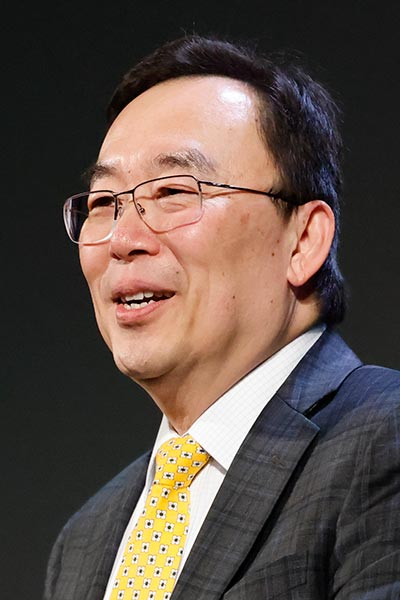
Elsewhere, the UK Biobank has 500,000 participants who have donated urine, saliva, and blood samples. About 200,000 whole-genome sequences will be released later this year with 500,000 genomes due by late 2023.
“We will see a new horizon of advancements in single-cell spatial omics, microbiome methodologies, and immunology,” Shyr predicted.
Data science is being used to gather new details about the burden of lung cancer across populations. Lung cancer is the leading cause of cancer death in the U.S. and worldwide, but the burden does not fall equally.
Genetic analysis has revealed EGFR and other mutations associated with lung cancers are linked not just with somatic mutations that give rise to tumors, but also to ancestry. Germline genetics play a role in somatic mutations in both smokers and nonsmokers, said Matthew L. Meyerson, MD, PhD, Dana-Farber Cancer Institute and Harvard Medical School.
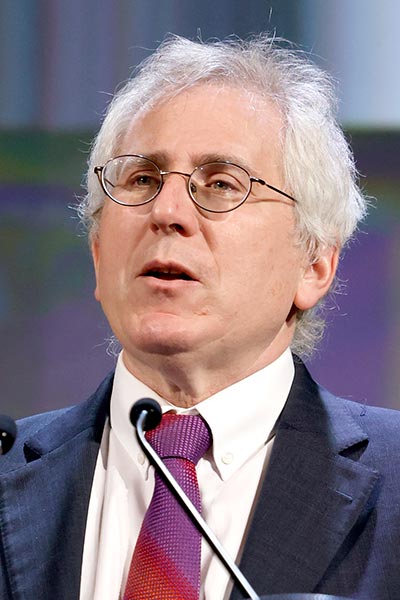
Lung cancer in East Asian patients shows a different distribution of somatic mutations compared to the general U.S. population. About 50 percent of East Asian lung cancers carry EGFR mutations versus 10 percent in the general population. KRAS mutations are seen in about 10 percent of East Asian lung cancers and 35 percent of U.S. lung cancers, while STK11 mutations are seen in 5 percent and 20 percent, respectively.
Lung cancer is mostly a disease of somatic mutations, but germline variations can play a role in modifying risk, Meyerson said. He drew evidence for this from Latin American subpopulations. Among lung cancer patients in Mexico and Colombia, including nonsmokers, somatic EGFR mutation is positively correlated with Native American ancestry and somatic KRAS mutation is negatively correlated with Native American ancestry.
The smoking-induced risk of lung cancer also varies by ancestry. Smoking increases the risk of lung cancer two- to five-fold among East Asians compared to more than 20-fold for Europeans, Meyerson said.
“The hypothesis is that one or more alleles common to people of both East Asian and Native American descent increase the risk for lung cancer with somatic EGFR mutations, and decrease the risk for lung cancers with somatic KRAS mutations,” he explained. “If we can find that germline locus or loci, it could improve our understanding of lung cancer pathogenesis, approaches to prevention, risk assessment, and potential treatment.”
Much of what is known about the genetics of cancer is based on analysis of patient specimens, either collected and housed locally or in biobanks. Biobanking is a familiar concept in Asia, Europe, and the U.S., but less so in other parts of the world.
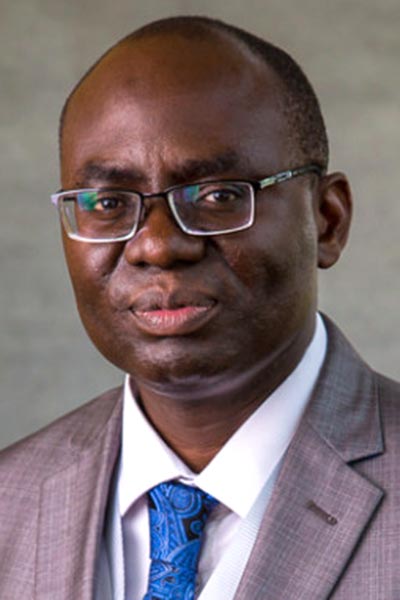
“Only a very few biobanks exist in Africa,” said Olusegun I. Alatise, MBChB, MSc, Obafemi Awolowo University, Ile-Ife, Nigeria. “There is the cost of establishing and maintaining a biobank, a lack of regulatory and governance structures in some countries, and unique sociocultural and religious issue surrounding the donation of biological specimens. There are also strong fears of biopiracy, biocolonialism, and commercialization, and concerns about reliable electricity, liquid nitrogen supplies, and data quality. These factors are real, but we are seeing a gradual paradigm shift.”
The African Research Group for Oncology (ARGO) established a cancer-specific biobank in Ile-Ife in 2013 using formalin-fixed, paraffin-embedded (FFPE) samples, and then added frozen samples as equipment and funding improved. Current technology can maintain samples in liquid nitrogen for up to three weeks without power.
Projects include the development of a handheld device to detect colorectal cancer (CRC) in urine, an automated DNA methylation test to detect CRC at the point of care, and an initiative to personalize the use of PD1 immune checkpoint inhibitors in high-microsatellite instability tumors. The ARGO biobank is also supporting molecular subtyping of triple-negative breast cancer and immunogenicity related to African ancestry, and a novel assessment of the relationship between Duffy antigen receptor for chemokines, TNBC subtype, and the tumor microenvironment.
“Start small and grow the program slowly and deliberately,” Alatise advised. “You need constant community engagement to build trust and commitment, and you need a realistic cost recovery strategy with collaborators. Strengthening the system is the top priority.”
Patients with rare cancers are a historically neglected population with small datasets and few clinical trials.
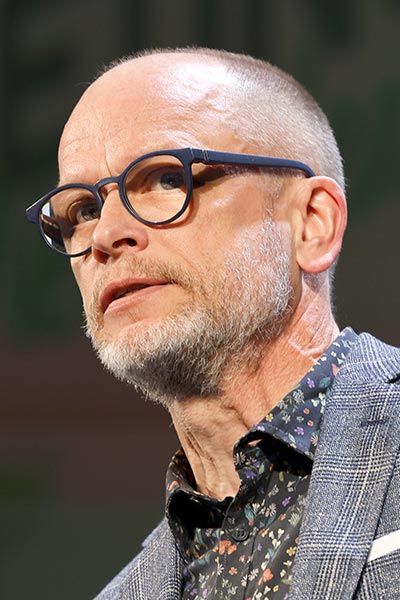
“Data are sparse in rare cancers, which are under-characterized versus more common types,” said Andy Futreal, PhD, MD Anderson Cancer Center. “We see thousands of patients with rare tumors every year at MD Anderson and we realized that we need to be doing more.”
In response, researchers launched a rare tumor initiative to systematically collect and profile biosamples, develop new models and identify new targets, and integrate the program into clinical care.
“You need data that has patient impact,” Futreal said. “That can be as simple as profiling samples before and after treatment to assess patterns of response or resistance.”
The initial goal was to profile 3,450 samples from 1,500 patients with rare tumors, including longitudinal samples. Early results from an analysis of the 50 most prevalent cancer gene mutations in patient specimens showed many of the expected results and some surprises, such as an enrichment of mutated chromatin modulators.
The program is already changing clinical practice. An analysis of combined PD-L1 and VEGF blockade in advanced malignant peritoneal mesothelioma led to new guideline recommendations from the National Comprehensive Cancer Network for this combination therapy as second-line treatment.
“In two years, you can change the standard of care in a rare cancer entity,” Futreal said.
A new collaboration with sovereign tribal nations in the U.S. Southwest is aiming for similar impact. Tribal groups have traditionally been under-resourced and underserved, with significantly lower rates of cancer screening and delayed navigation of screen-positive patients to care, contributing to the nation’s poorest cancer survival rates.
The Participant Engagement – Cancer Genome Sequencing (PE-CGS) Research Center aims to reverse that paucity of information. Part of the National Cancer Institute’s Cancer Moonshot program, PE-CGS aims to engage and consent 1,000 American Indian cancer patients and survivors in clinical and community settings.
“We don’t even have an American Indian reference genome,” Willman said. “We are using whole-genome sequencing to develop an American Indian-specific reference genome. Comparison against this population-specific genome will provide more accurate genomic characterization to help inform future diagnostics, prevention strategies, and therapeutic interventions for American Indians of the Southwest.”
[sub-post-content]
